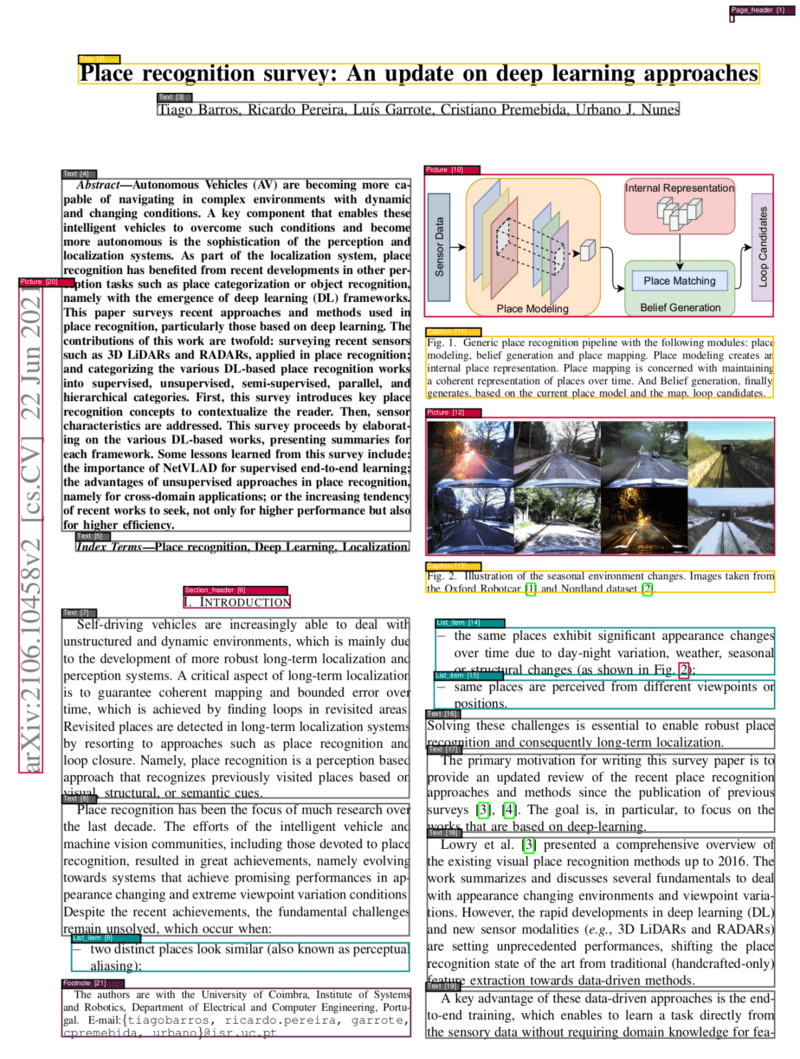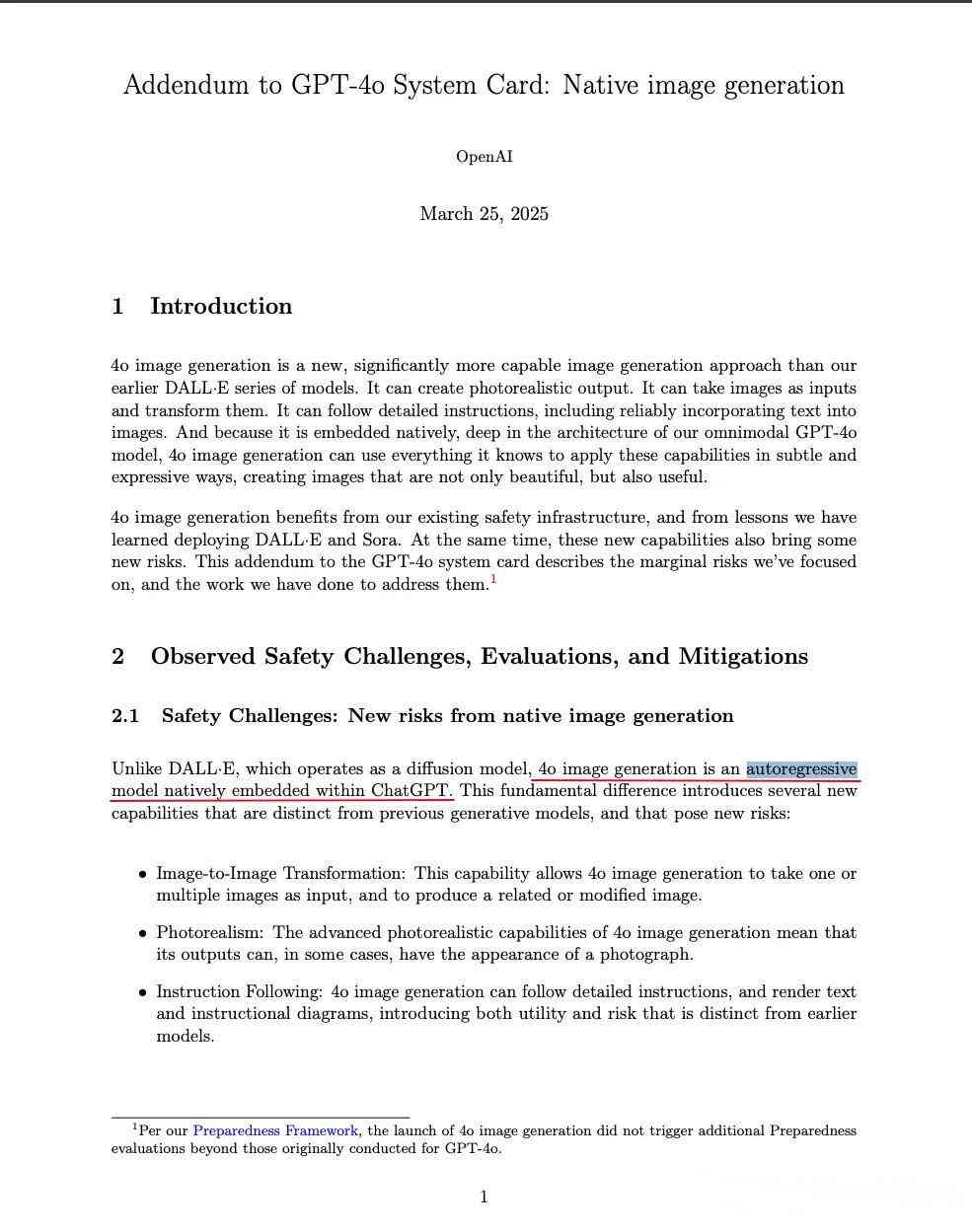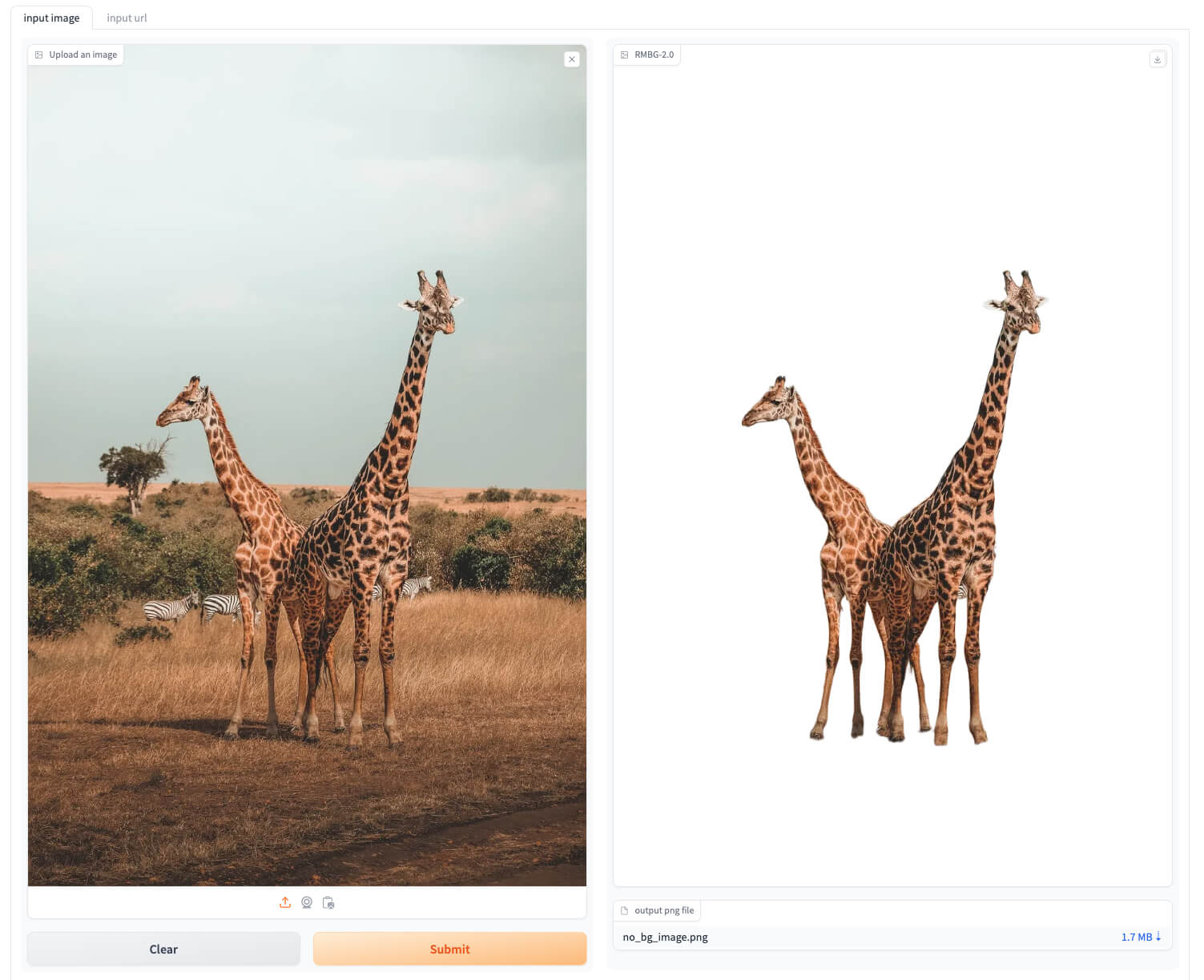What is a Multi-Agent Orchestrator?
The Multi-Agent Orchestrator is a framework designed to manage and coordinate multiple intelligent agents (Agents). It utilizes a classifier to identify the intent of user inputs, assigns requests to the most suitable agent for processing, and maintains contextual coherence through a conversation store. It supports various types of agents, such as those based on large language models (LLMs) and rule-based agents, offering high flexibility and scalability. After a user input, the classifier analyzes and selects an appropriate agent, which then processes the request and generates a response. The entire conversation process is recorded in the conversation store, facilitating coherence in multi-turn conversations. A retriever provides relevant contextual information to enhance the performance of the agents.
The main functions of Multi-Agent Orchestrator
- Dynamic Proxy Allocation: Automatically selects the most suitable proxy to handle requests based on the user’s input context and intent.
- Support for Multiple Proxy Types: Integrates various types of proxies, such as LLM-based proxies, rule-based proxies, API call proxies, etc., to meet the needs of different scenarios.
- Proxy Lifecycle Management: Supports dynamic loading, updating, and unloading of proxies, facilitating system scalability and maintenance.
- Context Maintenance: Records user inputs and proxy responses through conversation storage, ensuring coherence and consistency in multi-turn conversations.
- Session Management: Supports multi-user sessions, distinguishing between different users’ conversation states to avoid confusion.
- Streaming Response Handling: Supports asynchronous streaming responses, enabling real-time processing of user inputs and gradual result delivery to enhance user experience.
- Smart Classifier: Analyzes user inputs to quickly identify the most suitable proxy, improving system response efficiency.
- Context Retrieval: Provides relevant contextual information through a retriever, helping proxies better understand user intent and generate more accurate responses.
- High Extensibility: Easily adds new proxy types or extends the functionality of existing proxies to adapt to complex and evolving application scenarios.
- Integration with Other Systems: Supports integration with other systems (e.g., databases, API services) to obtain additional data support and enhance proxy processing capabilities.
- Detailed Logging: Logs interactions between proxies, classifier outputs, and user inputs/responses, facilitating developer debugging and optimization.
- Performance Monitoring: Provides performance monitoring tools to help developers understand system status and promptly identify and resolve issues.
- Production-Grade Design: Built with high availability and fault tolerance, suitable for use in production environments.
- Security Mechanisms: Supports security features such as authentication, authorization, and data encryption to protect user data and privacy.
The Technical Principles of Multi-Agent Orchestrator
- Orchestrator: As the core component, it is responsible for coordinating all modules, managing information flow, and ensuring that requests are correctly routed and processed.
- Classifier: Utilizes a Large Language Model (LLM) to analyze user input, agent descriptions, conversation history, and context, dynamically selecting the most suitable agent to handle the current request.
- Agents: Handle specific tasks and generate responses. Agents can be LLM-based models, API calls, local scripts, or other services, each with its unique skills and descriptions.
- Conversation Storage: Maintains conversation history to ensure coherence in multi-turn conversations. Supports multiple storage methods, including in-memory storage and DynamoDB.
- Retrievers: Provide context and relevant information to help agents better understand user intent.
- Coordination Mechanisms: The Multi-Agent Orchestrator supports various coordination mechanisms:
◦ Centralized Coordination: A central orchestrator assigns tasks and monitors progress.
◦ Distributed Coordination: Agents negotiate and allocate roles and tasks among themselves.
◦ Hybrid Model: Combines the advantages of centralized and distributed approaches, retaining the benefits of centralization while granting agents a degree of autonomy.
Project address of Multi-Agent Orchestrator
Github Repository: https://github.com/awslabs/multi-agent-orchestrator
Application scenarios of Multi-Agent Orchestrator
- Customer Service: In the field of customer service, the Multi-Agent Orchestrator can coordinate multiple specialized agents, assigning requests to the most appropriate agent based on the type of customer issue.
- Intelligent Transportation: In intelligent transportation systems, the framework can coordinate different transportation participant agents, such as vehicles, traffic lights, pedestrians, etc.
- Logistics Distribution: In the logistics distribution field, the Multi-Agent Orchestrator can dispatch multiple delivery agents, such as trucks, drones, robots, etc.
- Industrial Manufacturing: In industrial manufacturing scenarios, the framework can coordinate different production equipment agents to achieve automation and intelligence in the production process.
- Smart Home: In smart home systems, the Multi-Agent Orchestrator can manage multiple smart device agents, such as smart lighting, smart appliances, smart door locks, etc.
Related Posts




